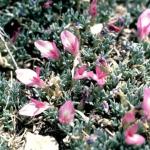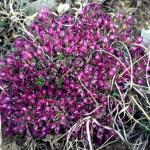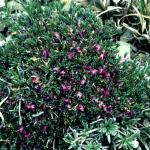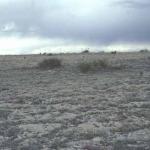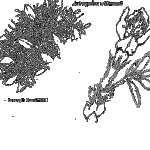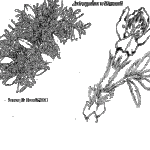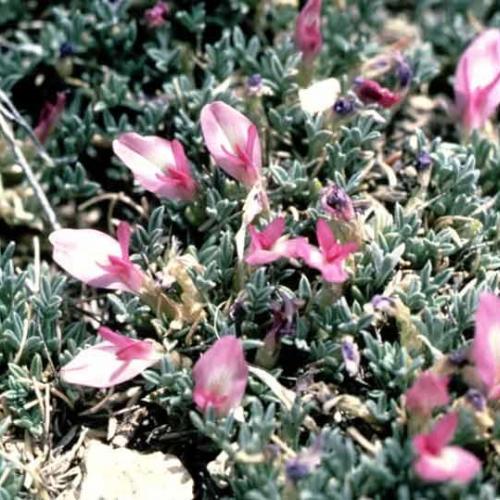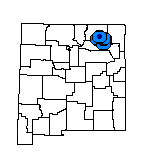Astragalus wittmannii (One-Flowered Milkvetch)
| USFWS | State of NM | USFS | BLM | Navajo Nation | State Rank | Global Rank | R-E-D Code | NMRPTC Status | Strategy Status |
|---|---|---|---|---|---|---|---|---|---|
| SEN | G2G3 | 1-1-3 | R | SS |
| Overall Conservation Status | Documented Threats | Actions Needed |
|---|---|---|
| UNDER CONSERVED | Mining and quarrying. Urban development. |
Status surveys on abundance, distribution and threats |
Isely, D. 1998. Native and naturalized Leguminosae (Fabaceae) of the United States. Monte L. Beane Life Science Museum, Brigham Young University, Provo, Utah.
Barneby, R.C. 1979. Dragma hippomanicum IV: new taxa of Astragalus sect. Humillimi. Brittonia 31:459-63.
*New Mexico Native Plants Protection Advisory Committee. 1984. A handbook of rare and endemic plants of New Mexico. University of New Mexico Press, Albuquerque.
For distribution maps and more information, visit Natural Heritage New Mexico

